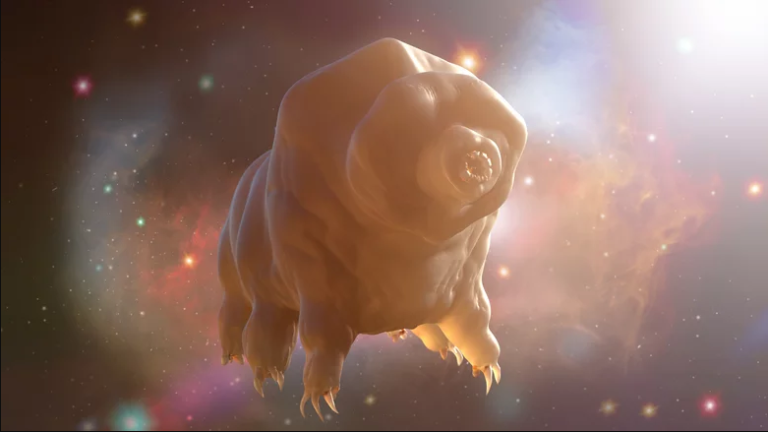Assistance of Microscopic Water Bears for Deep Space Missions: How They Can Aid Astronauts
In addition to housing humans from various countries, the International Space Station has been home to a group of minuscule space adventurers since 2021 – water bears or tardigrades. These microscopic creatures have eight legs and are highly resilient, capable of surviving in harsh environments, including extreme temperatures and extended periods without water. They can also withstand radiation and even survive in the vacuum of space, making them a valuable resource for deep space missions (according to Science).

Tiny creatures known as water bears or tardigrades, have made their way to the International Space Station since 2021. Not only humans from different countries, but these eight-legged microscopic animals have also been residing in the space station. Tardigrades have an extraordinary ability to adapt and survive extreme environmental conditions such as long periods without water, hot or cold temperatures, and radiation, and can even survive in space vacuum conditions.
The tardigrades were sent to space as part of NASA‘s Ames Research Center’s Cell Science-04 experiment. The experiment aims to investigate the effects of microgravity on the tardigrades and their genes over generations as they live on the space station. Tardigrades are ideal for this research because of their capability to adapt to extreme environmental conditions. Therefore, this research could lead to understanding the long-term effects of spaceflight on humans and potential adaptations to environmental stresses.
Thomas Boothby, the lead researcher of the experiment at the University of Wyoming in Laramie, explained that they want to know what “tricks” the tardigrades use to survive in space, and whether their offspring use the same tricks or adapt across generations. The research has the potential to provide valuable insights into the mechanisms of how these resilient creatures adapt to extreme conditions and could ultimately help astronauts during deep space missions.
The ability of tardigrades to withstand extreme conditions
Tardigrades appear to utilize numerous tactics to withstand severe conditions, including converting intense ultraviolet light into harmless blue light through pigmentation. To endure space radiation, scientists believe that the tiny creatures produce ample antioxidants that shield them against bodily harm. This is particularly intriguing to NASA and other space organizations because radiation is a significant obstacle for astronauts that we can manage to some extent but not entirely eliminate.
According to NASA, astronauts have a maximum lifetime threshold for radiation exposure, as excessive exposure to radiation can result in health problems like a higher risk of cancer. Researchers are hoping to learn from tardigrades about how certain genes being turned on or off can protect organisms from radiation. “We have seen them do this in response to radiation on Earth,” said Boothby, “and we think the ways tardigrades have evolved to withstand extreme environments on this planet may also be what protects them against the stresses of spaceflight.” The tardigrades were transported to the International Space Station via the SpaceX Commercial Resupply Services mission 22 on June 3, 2021, and now reside in the Bioculture System. The long-term study of these creatures could provide insights for developing safer space missions for humans in the future.
Do not forget to share your opinion with us to provide you with the best posts !




0 Comments